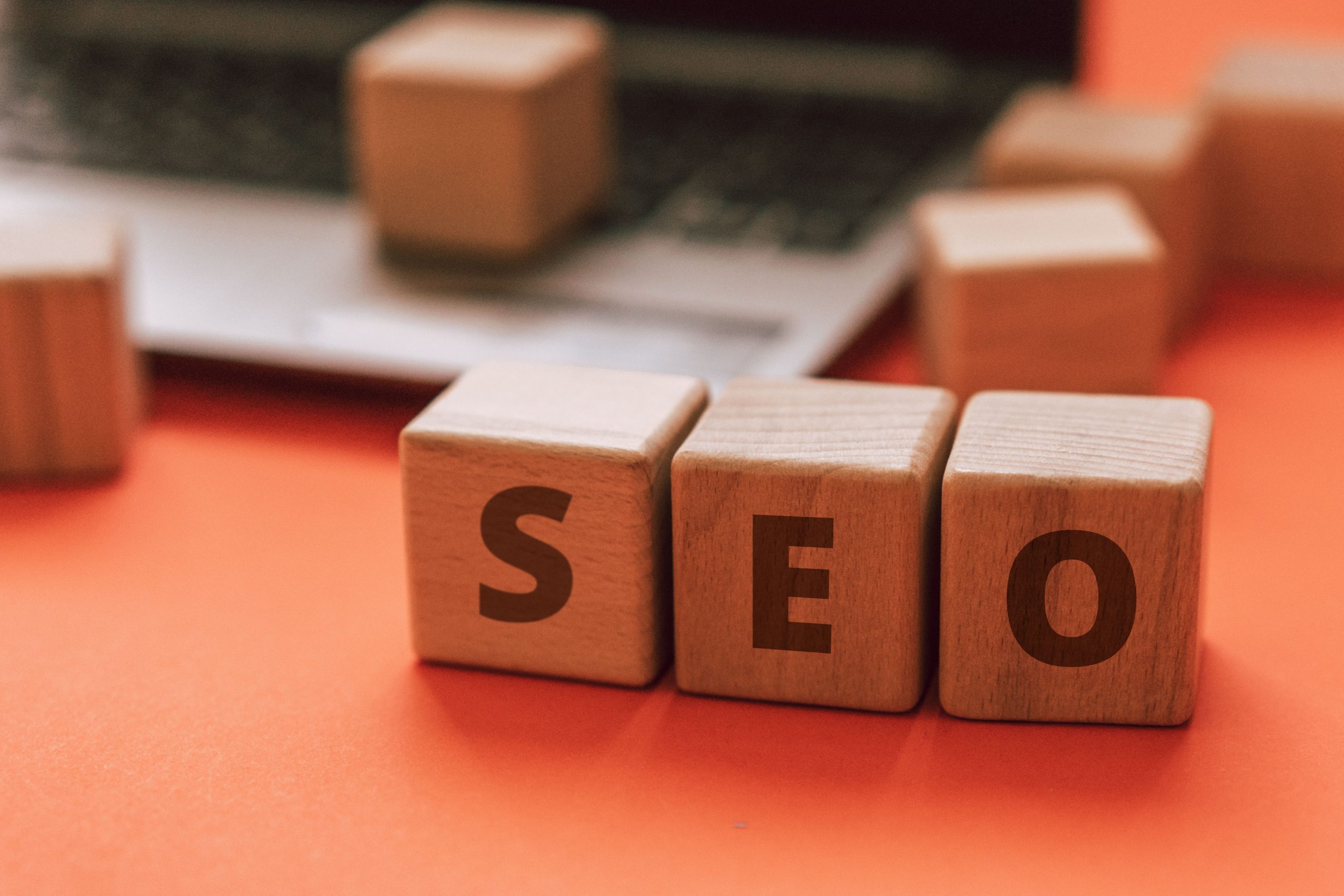The world of online shopping has become increasingly competitive, and having a Shopify store is a great way to get your products in front of potential customers. However, just having a store is not enough. To succeed in the highly competitive online marketplace, you need to optimize your store for search engines. This is where SEO comes in. Search Engine Optimization (SEO) is the process of improving the visibility and ranking of your website on search engine results pages (SERPs). In this article, we will provide you with some effective tips on how to optimize your Shopify store for SEO, so that you can drive more traffic to your site and increase your sales.
Select the Appropriate Keywords
Keywords are the foundation of SEO, as they assist search engines in understanding what your website is all about. Keywords are the terms that people type into search engines to locate information. To choose the best keywords for your online store, it is crucial to adopt a customer-centric approach. Imagine yourself as a customer and think about what you would search for to find your product. This approach will aid you in targeting the right audience and increasing sales. When selecting keywords, consider their search volume, ranking difficulty, and relevance to your product. Tools such as SEMrush can provide you with complete keyword statistics.
Utilize Engaging and Relevant Meta Descriptions
The meta description is a brief summary of your page or post, and it plays a crucial role in attracting potential customers. Your meta description should be unique, relevant, and contain targeted keywords. A well-written meta description can persuade customers to click on your link. It is also essential to ensure that each page has a unique meta description. Google recommends a concise meta description to improve clickthrough rates. If you are using WordPress, you can edit the snippet and add a meta description.
Include Alt Tags for Images
Alt tags assist search engines in indexing and understanding the images on your website. They describe the content of the image, what it represents, and how it relates to your website. To add an alt text for your image, click on the image you wish to upload, and you will see a text box where you can add or edit the alt tags.
Optimize Title Tags with Targeted Keywords
Title tags are critical because they are the first thing that Google sees when analyzing your website. Ensure that every page on your website has a title tag and header tag. The title tag should contain relevant, targeted keywords and satisfy the character limit requirements. The latest number of characters for the title tag should be followed.
Connect Your Shopify Store’s Sitemap
with Google Search Console Once you have launched your Shopify store, it is crucial to monitor its progress by submitting an XML sitemap. This will generate a URL for your store, which you can enter into Google Search Console. Shopify automatically generates a sitemap.xml file, and by accessing information from Google Search Console, you can address any issues with your store.
Incorporate a Blog
Feature Blogging is essential for boosting your website’s rank on Google and increasing traffic to your store. Blogging enables you to create numerous backlinks to your Shopify store, which can improve your website’s visibility. Prepare a strategy for posting blogs by analyzing your audience’s presence or availability.
Create More Backlinks to Your Shopify Store
Google looks at the other websites linking to your store when ranking your Shopify store. Accepting guest posts, asking for reviews, and promoting your content through blog posts are some ways to generate backlinks. However, it is important to conduct keyword research before creating blogs and building backlinks.
Evaluate the Quality of Your On-Page SEO
On-page SEO includes optimizing headings, titles, long-tail keywords, images, and adding alt tags. Make sure that your on-page SEO adheres to high standards.
Use Headings Appropriately
Headings are crucial for organizing and formatting your content. Ensure that your headings are relevant, and use bold text only where necessary. Use H1 for the main heading and H2 for subheadings containing related keywords on your pages and product descriptions.
Incorporate Rich Snippets
Rich snippets provide search engines with additional information about your website, and they can improve clickthrough rates. Rich snippets are generated from Schema Markup defined by Schema.org, which instructs search engines to include specific elements. Ensure that your rich snippets contain the information that users need to make a decision to click on your link.
In conclusion, optimizing your Shopify store for SEO is an ongoing process. By following the above tips and strategies, you can improve your store’s visibility on search engines, attract more traffic, and ultimately increase sales. Remember to focus on creating quality content, using relevant keywords, and providing a great user experience. Regularly monitoring your analytics and making necessary adjustments will help you stay ahead of the competition and achieve long-term success with your Shopify store.
